Cadman Capital’s ambitious multi-species hatchery solutions – like the Hatchery in a Box – could lift vulnerable oyster and lobster fisheries
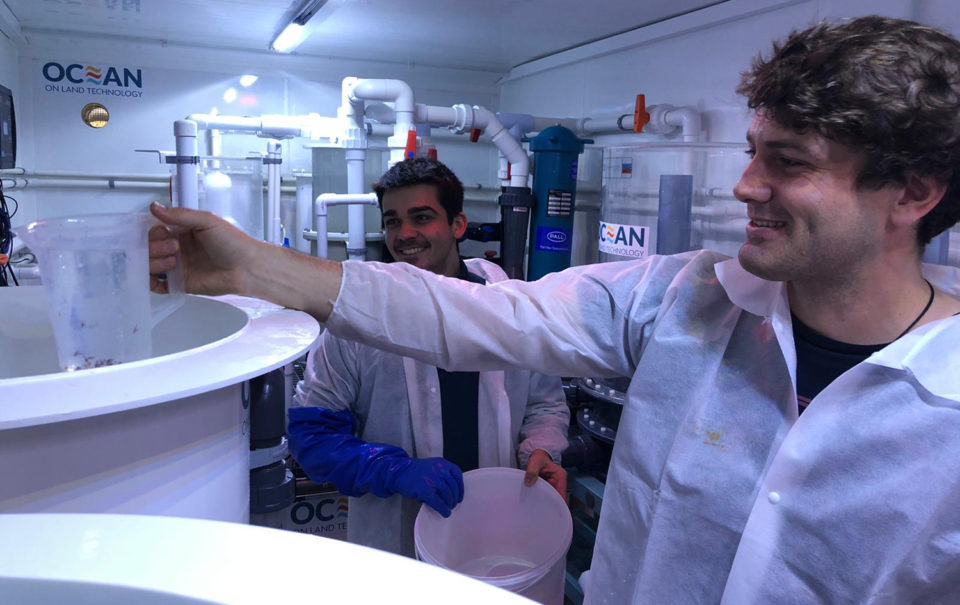
With native flat oysters and clawed lobsters both successfully introduced into its land-based culturing systems since the halfway point of this year, the Orkney Shellfish Hatchery (OSH), located on the remote island of Lamb Holm, is living up to its founding raison d’être to support the restoration of iconic U.K. fisheries and their reliant coastal communities.
Beyond this primary ambition, though, the hatchery and its parent – the Cadman Capital Group’s Aquaculture Division – are determined to have their technology and expertise applied in ways that will eventually boost shellfish fisheries and aquaculture operations all over the world.
Dr. Nik Sachlikidis, the division’s managing director, told the Advocate that while it’s still early days for OSH, and the focus is very much on developing the technology to produce these species, the quick success that the multi-species aquaculture hatchery has achieved has everyone involved in the facility buzzing about its long-term potential.
Straight off the bat, the native oyster (Ostrea edulis) is an opportunity for the hatchery to contribute to endeavors aimed at raising U.K. stock levels, with a number of recently introduced restoration projects looking for disease-free spat to shore-up native populations, while the clawed lobster (Homarus gammarus) is a vitally important species for many communities the length and breadth of the country.
“Native oyster numbers have dwindled all over Europe,” said Sachlikidis, who has been with Cadman for the past four years of a fisheries and aquaculture career that already spans 20 years. “They’re having all sorts of troubles, but there is also a strong undercurrent to save this species, and in some cases to establish them as a more widely available, but premium, niche seafood product.
“We saw that it was really hard for buyers to find a consistent and high-quality supply of native oysters. So, while it was an opportunity that was perhaps a little bit left of center for us, and potentially quite challenging, we also thought that it was a worthwhile commercial opportunity because of its unique situation,” he said. “Clawed lobsters are a mainstay for lots of fishing communities around the world, and we saw an opportunity to apply our latest technology to help restock and prop-up these fisheries in the long run. Keeping these animals in the hatchery a little bit longer to make sure that they are bigger and a little bit more robust will enhance their chances of survival in the wild.”
Recognizing opportunity
As a facility, OSH has existed for just three years, although its operations have stemmed from another earlier project that alternative investment firm Cadman has been involved in for more than 10 years. It was, said Sachlikidis, a great opportunity for the group to expend into the shellfish aquaculture space, but also to explore, invent and fine-tune new hatchery technologies.
“It was an organic entry into this area, underpinned by a genuine interest in the sector. And while it’s very much humble beginnings at this moment in time, OSH is developing well and achieving its goals very quickly.”
The huge demand from the grow-out sector puts hatcheries in a strong position to capitalize on aquaculture’s growth, Sachlikidis said. Operating hatcheries, however, is hard work: “They are 24/7, 365-day operations requiring a special kind of resilience and passion from the whole team. And it’s also an increasingly competitive space. But at the same time, these are the platforms on which most fish and shellfish operations are based. Aquaculture is a real growth sector, and it provides genuine opportunities for us and other hatcheries.”
Turnkey solution

Much of OSH’s success to-date is rooted in the biosecurity measures it put in place to ensure the quality of the juveniles and make them ideal for restoration efforts. Sachlikidis said that Orkney as a location offers some “really good fundamentals” for hatchery operations, not least its excellent water quality and good local infrastructure. While Orkney is some distance from much of the United Kingdom’s shellfish industry, that in itself provides a geographical “disease barrier,” he said. At the same time, its broodstock is all native, sourced from local populations.
The hatchery’s long-term plan is to become regarded as a source of high-quality, disease-free spat. Beyond this, it will also be a testing ground for some of Cadman’s other lobster work, including solutions developed by Cadman’s Ocean On Land Technology company, such as its Aquahive and Hatchery In-a-Box products, which is a complete hatchery solution – from holding and conditioning broodstock lobsters to the production of juveniles. The intention is to supply/export these units to fisheries in order that they can produce their own local lines of clawed lobsters.
“We are working hard on the development of these technologies, making sure that they are of a super high standard, and that we are at the cutting edge of the sector – maximizing the efficiency and the output of the system,” he said. “We’re particularly in love with Hatchery In-a-Box and the idea that an organization that wants to be involved in restocking lobsters can buy something the size of a shipping container and when they open it up, inside is a world-class clawed-lobster hatchery that they can literally start operating the next day.”
As for extending the offering, lumpfish is a species that has caught the company’s eye, particularly for its growing importance in Scotland’s salmon farming sector as a cleaner fish. While the ongoing COVID-19 pandemic has slowed talk of diversification for now, it remains on the hatchery’s radar, Sachlikidis said.
“Right now, we have chosen to continue to focus on oysters and the lobsters, but we are always looking ahead for other opportunities, and at a range of crustaceans and finfish where we might be able to add our expertise or technologies to create either a higher volume product or to improve the production efficiency.”
Follow the Advocate on Twitter @GAA_Advocate
Now that you've reached the end of the article ...
… please consider supporting GSA’s mission to advance responsible seafood practices through education, advocacy and third-party assurances. The Advocate aims to document the evolution of responsible seafood practices and share the expansive knowledge of our vast network of contributors.
By becoming a Global Seafood Alliance member, you’re ensuring that all of the pre-competitive work we do through member benefits, resources and events can continue. Individual membership costs just $50 a year.
Not a GSA member? Join us.
Author
-

Jason Holland
Jason Holland is a London-based writer for the international seafood, aquaculture and fisheries sectors. Jason has accrued more than 25 years’ experience as a B2B journalist, editor and communications consultant – a career that has taken him all over the world. He believes he found his true professional calling in 2004 when he started documenting the many facets of the international seafood industry, and particularly those enterprises and individuals bringing change to it.
Tagged With
Related Posts
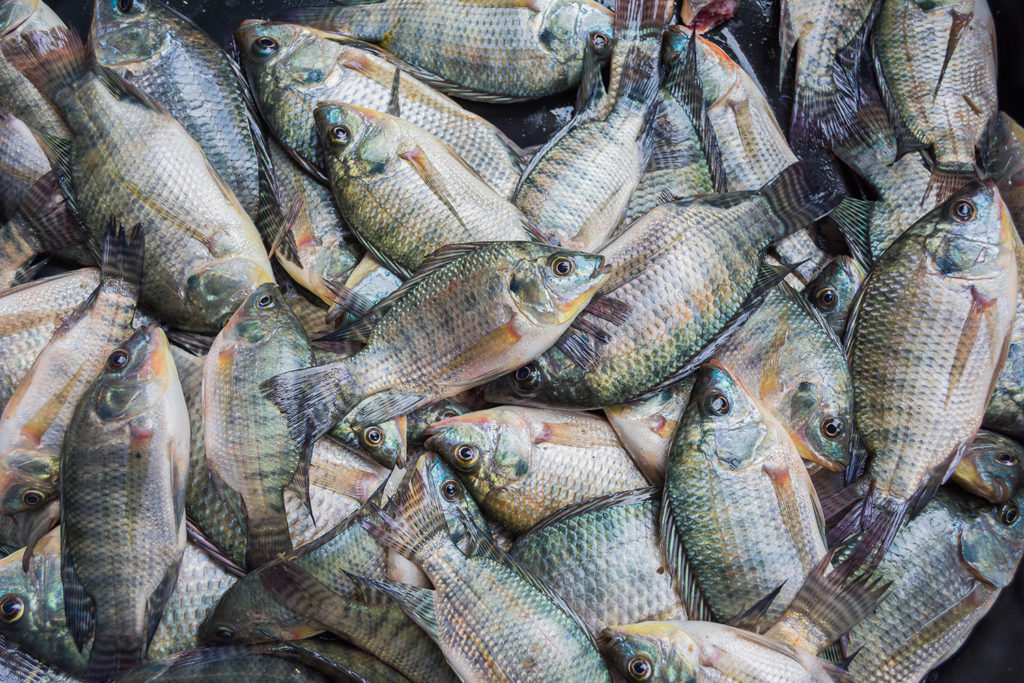
Responsibility
Can nutrition-sensitive aquaculture futureproof fish farming?
Research finds that nutrition-sensitive aquaculture can benefit public health through diverse, nutrient-rich seafood, and enabling equitable access to it.
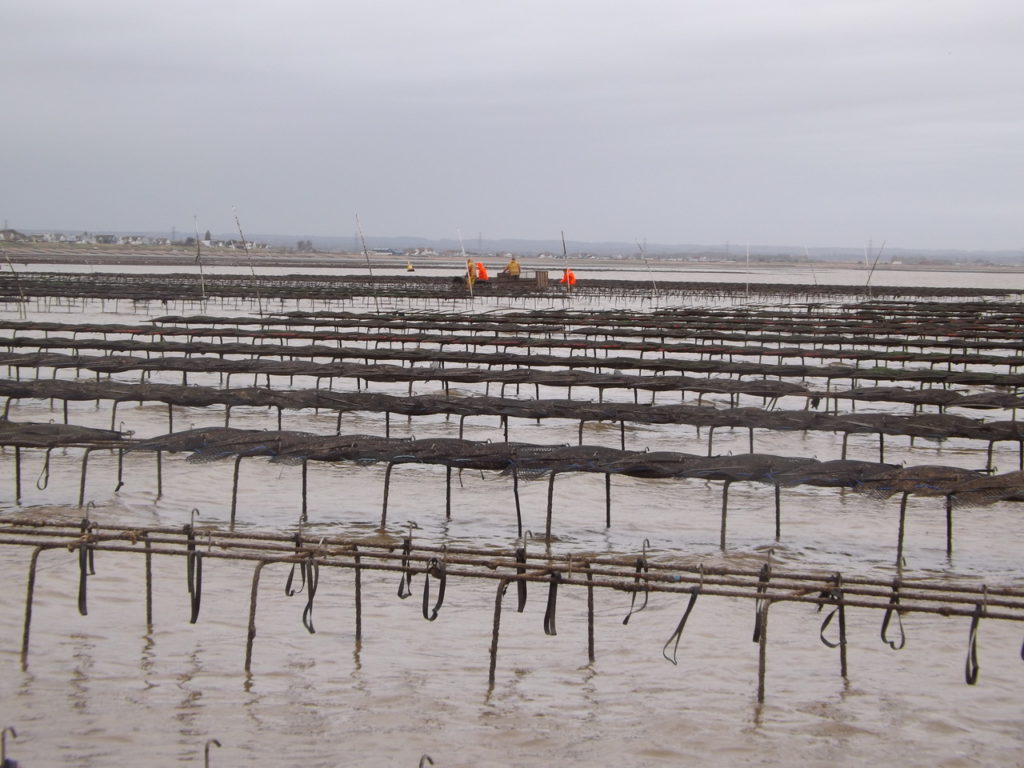
Intelligence
Aquaculture has put the oysters back in Oyster Town
Whitstable Oyster Fishery Co. aims to safeguard the English town’s rich oyster tradition. Farming triploid oysters on racks in intertidal zones has made a "massive difference," says the company's managing director.
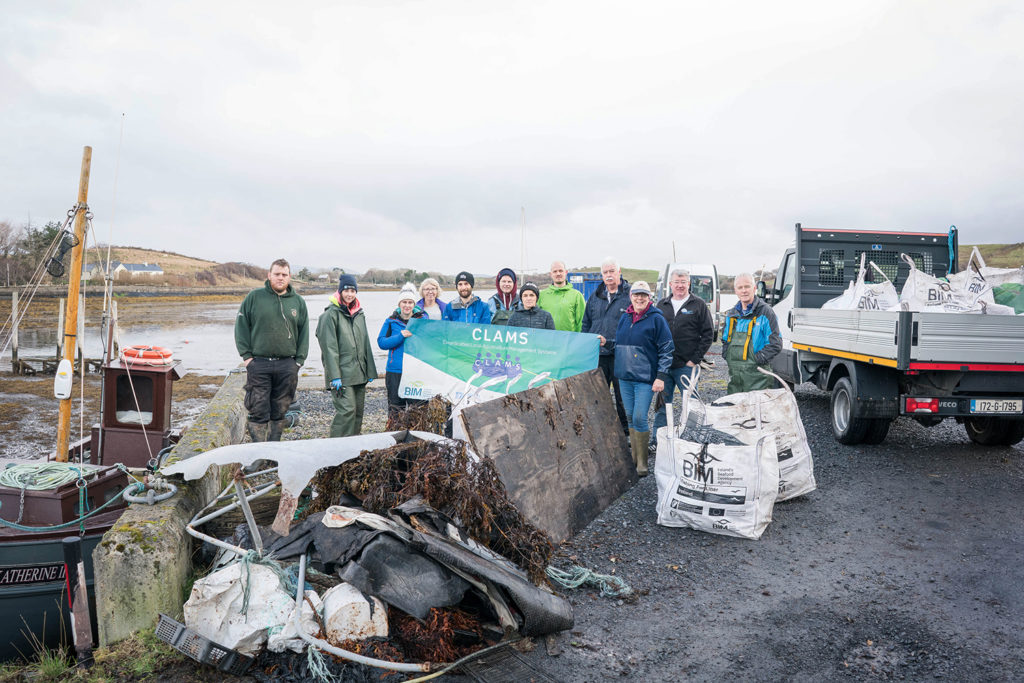
Responsibility
Love thy neighbor: Ireland’s Clew Bay embraces aquaculture area management
Aquaculture producers in Ireland’s Clew Bay prove that organized clusters can mitigate biosecurity risks and can even raise their profile with consumers.
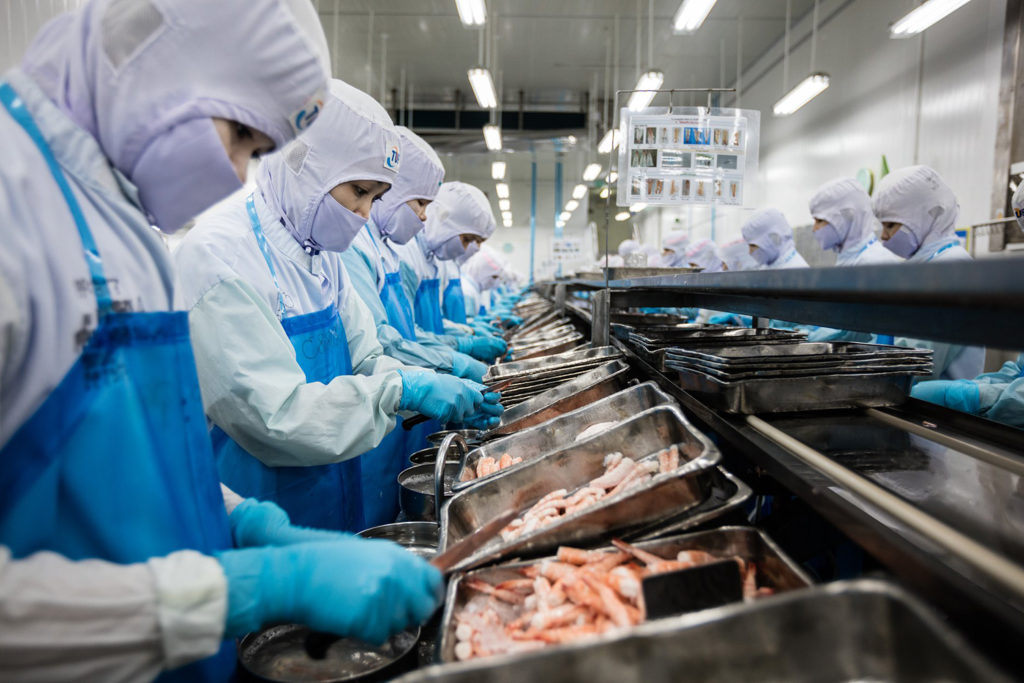
Responsibility
Wrestling with a ‘generational’ problem, Thai shrimp industry rates higher
When Seafood Watch awarded Thai shrimp a yellow or “good alternative” rating, it recognized a decade of improvements. Some feel it didn’t go far enough.

